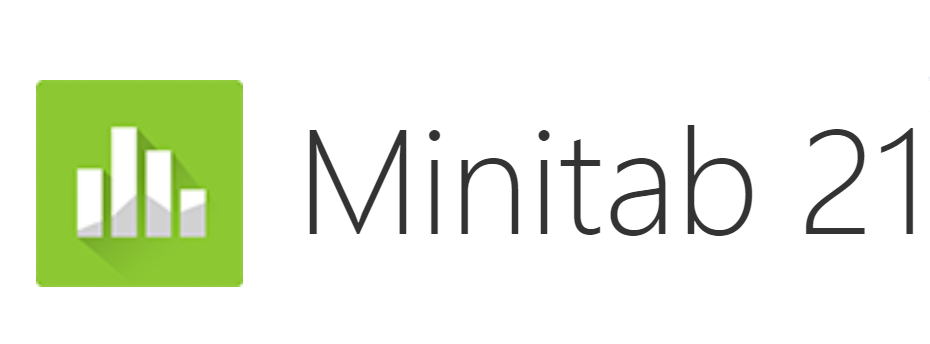The case addition function in IBM SPSS Statistics is suitable for merging different case data under the same series of variables. For example, group members need to collect sample data from both women and men separately. When summarizing, they need to use the function of adding and merging individual cases to integrate the data from both women and men.
Next, let's use a practical example to demonstrate the operation method of adding and merging cases.
1гҖҒ Open the data to be merged
Firstly, as shown in Figure 1, open the two data files that need to be merged.

Figure 1: Open Data
As shown in Figure 2, it can be seen that there are some missing case data in dataset 5, and the "region" variable names in the other two data files are inconsistent.

Figure 2: Differences in Comparative Data
2гҖҒ Use the merge data function of adding cases
Next, you can open the add case data merging function in SPSS to merge the data from the two datasets. It should be noted that we need to use the data merging function in Dataset 5 (i.e. files with missing data).

Figure 3: Add Case Function for Merge
Next, you can open the add case data merging function in SPSS to merge the data from the two datasets. It should be noted that we need to use the data merging function in Dataset 5 (i.e. files with missing data).
Next, as shown in Figure 4, specify the opened dataset 4 as the merged dataset.

Figure 4: Specify the merged data file
Then, at a crucial step, we need to set the merged data variables. As shown in Figure 5, variables with an asterisk (*) in parentheses represent the variables contained in the active dataset (i.e. dataset 5), while variables with a plus sign in parentheses represent the variables contained in dataset 4. In addition, the variables mentioned therein have the following meanings:
1. Non paired variables, i.e. variables with differences between two data tables
2. The variables in the new activity dataset, which are shared by two data files, will be retained after merging the data
3. Specify a case source variable, an optional new variable, to indicate the source of the case
As shown in Figure 5, it can be seen that the merged data will retain four variables: account, gender, unit price, and number of clicked pages.

Figure 5: Setting the included variables
For unpaired variables, since Area and Region are actually the same variable, we can pair them. As shown in Figure 6, select both the Area and region variables simultaneously (using the Ctrl key), and then click the "Pair" button.

Figure 6: Paired Variables
As shown in Figure 7, the Area and region variables will be merged into the same variable in the new dataset.

Figure 7: Pairing of Completed Variables
Finally, check the option of "Specify source variables" to facilitate the identification of the source of merged data in the future. After completing the above steps, you can click the "OK" button to officially merge the data.

Figure 8: Exportable Data Format
After completing the data merging, as shown in Figure 9, it can be seen that the data from dataset 4 (marked as 1 for source01) is imported after the data from dataset 5.
Due to the fact that the merge function only merges data matching variables from two datasets without filtering for duplicates, it is more suitable for merging datasets without duplicates.

Figure 9: Addition of Completed Cases
The above is an introduction to the method of adding and merging case data in SPSS data merging. This feature is suitable for situations where case data needs to be merged.









